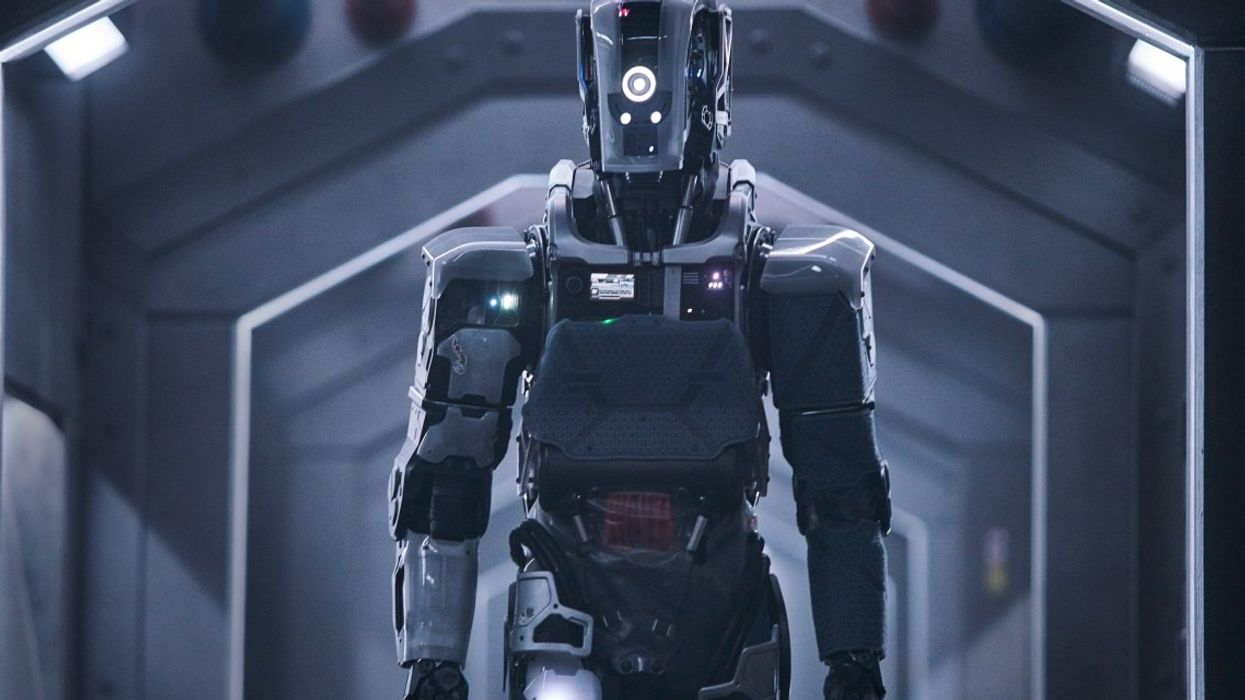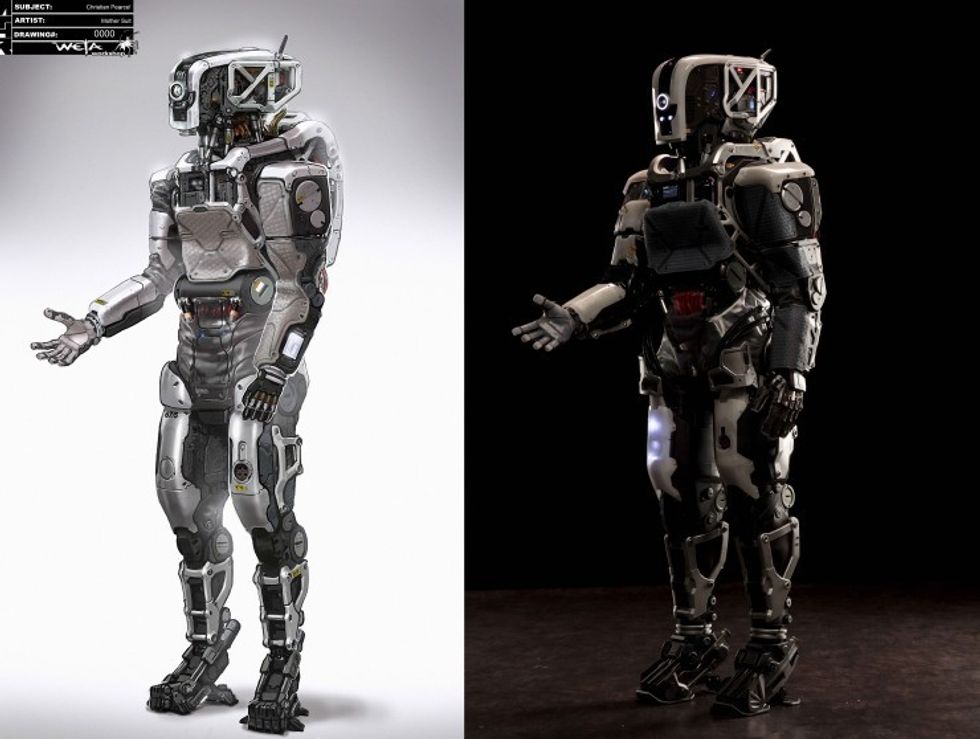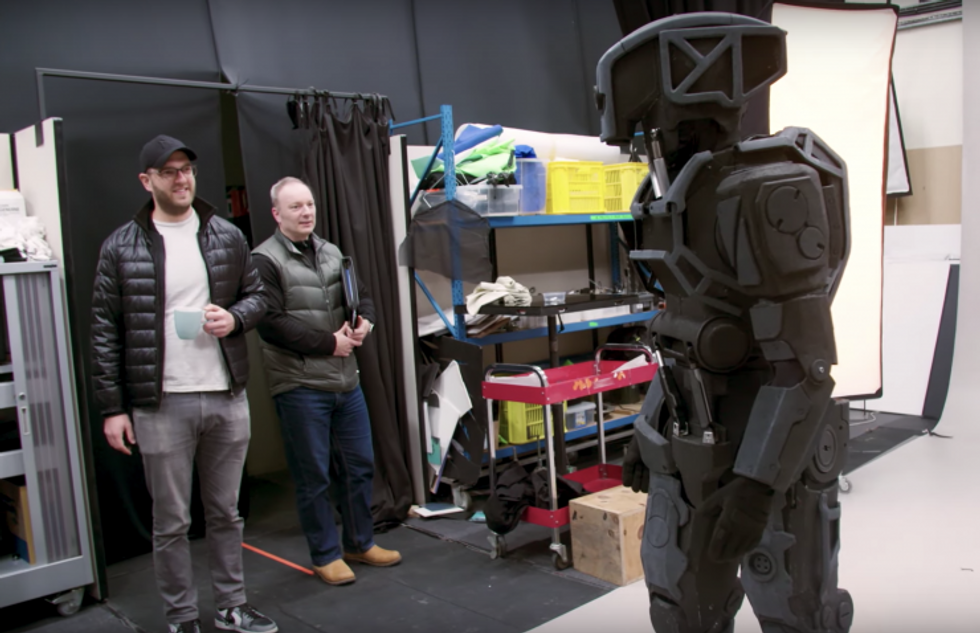How 'I Am Mother' Filmmakers Made One of the Most Badass Robots Ever
Why Weta, one of the world’s foremost VFX companies, went human-powered for their robot. This is how they pulled off the impossible.

Netflix’s I Am Mother features a robot named Mother who, as Production manager Kathryn Jackson explains, “...is a pivotal character in the film. Seen on screen for 80 to 90% of the time from every angle.”
With films from Star Wars to short filmmakers trying their hand at believable CG characters, today’s audience is savvier than ever. So how did I Am Mother’s filmmakers face the challenge of creating a believable, complex robot that is on screen for almost the entire film?
Before we reveal the filmmakers' process, let's take a look at the trailer:

To make things more complicated, the robot is not only going to be seen from every angle, but it also has multiple functions in the story and world of the film. It physically needs to complete those tasks on camera.
It’s a design nightmare.
For the folks at Weta, it was an irresistible challenge.
Working closely with director Grant Sputore, the Weta team decided to do a full practical build.
Now they had a new problem: How were they going to fit a full-size man in a believable advanced technology robot?
The design process was long and detailed. Sometimes the concept designer would go through 30-40 variations on a head design in one day. Grant spent a lot of time with the design team in the studio until they found a design that worked practically and physically.

The build of the robot combined a ton of techniques.
First, they designed in a 2D space and used those silhouettes as a blueprint. The costume department took those designs and fabricated wearable black foam sculptures.
Using this technique, the black foam could be used to see how the robot moved.
Luke Hawker plays Mother. In addition to being an experienced actor, he also happened to be the Project Supervisor and a Weta Workshop crew member, so since he was already on the project, the design team had access to him constantly. This allowed the design and fit to seamlessly integrate.
The black foam costume was then scanned and sent to the 3D department. There, they were able to begin 3D printing components.

There were thousands of steps in this process, including over 250 individually designed and 3D printed components. Each of them had 10-15 steps from refining to painting to rigging.
Then, there were animatronics and lighting. Mother’s face is comprised of a series of circular lights and lenses that move.
Get a behind-the-scenes look in this video from Weta:
In the design of its main character, the Weta team explored the central thematic question of I Am Mother. Is Mother more robot, or more human?
Take a look and decide for yourself.
Source: Weta Workshop












